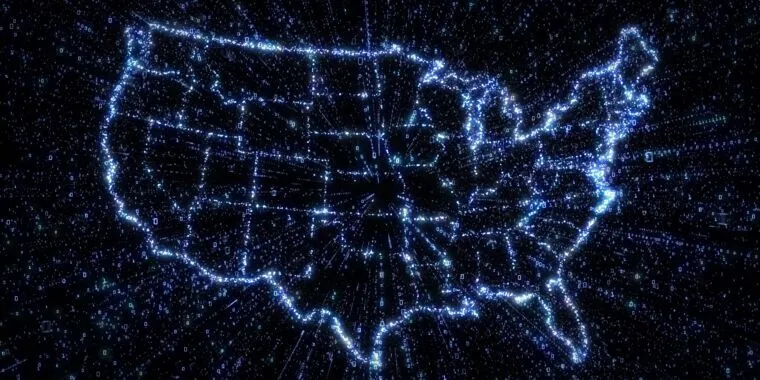FCC chair: Speed standard of 25Mbps down, 3Mbps up isn’t good enough anymore
FCC chair: Speed standard of 25Mbps down, 3Mbps up isn’t good enough anymore

arstechnica.com
FCC chair: Speed standard of 25Mbps down, 3Mbps up isn’t good enough anymore

FCC chair: Speed standard of 25Mbps down, 3Mbps up isn’t good enough anymore::Chair proposes 100Mbps national standard and an evaluation of broadband prices.